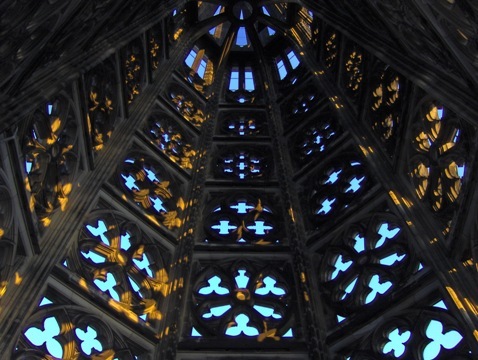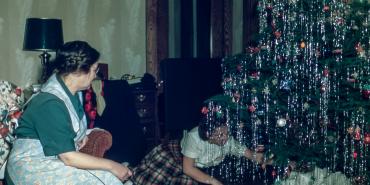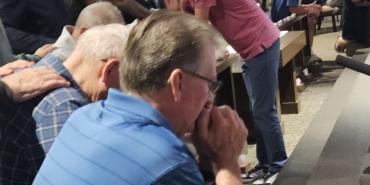Patterns of Sisterhood

The emergence of female preachers was one of the 19th century holiness revival's more significant features. And a clear line runs directly from the revival's origins to the Southern ministry of Mary Lee Cagle, the West Texas District's prime founder.
The line begins with Phoebe Palmer, New York City native and Mother of the Wesleyan-Holiness Movement, whose work as a spiritual director, camp meeting speaker, writer, and editor was crucial in jump-starting the ante-bellum holiness revival. Palmer was one of the first U.S. women to speak in promiscuous assemblies (gatherings that included men and women alike).
The controversial practice was regarded as a breach of social decorum for its day.
During her four years in the British Isles she achieved celebrity, but a double portion of criticism. Englishwoman Catherine Booth was one of those who defended Palmer's right to speak publicly. Reacting to public criticism of Palmer's ministry, Booth wrote Woman's Right to Preach (1859). She became an evangelist and joined her husband in co-founding the Salvation Army. Within its ranks, women were given extraordinary leeway to lead and develop public ministries.
William and Catherine Booth's daughter, Evangeline, directed the Salvation Army's work in the U.S. before succeeding her father as director of the world-wide movement. The Salvation Army inspired a young Free Methodist minister named Vivian Dake, a protégé of Free Methodist founder B. T. Roberts. Roberts strongly supported the ordination of women, but could not persuade his denomination to authorize it.
Dake developed an organization called the Pentecost Bands that incorporated many Salvation Army features but was church-based. Pentecost Bands placed themselves under a pastor's authority for one year and worked to build up the local congregation. Each band had at least two preachers.
Eventually, more than half of the 35 bands were composed exclusively of women. The all-women bands became the training ground for a growing corps of women preachers and leaders. The Pentecost Bands' early years coincided with Robert Lee Harris' ministry in the Free Methodist Church. In 1894, the ailing Harris held revivals that resulted in the first congregation of the New Testament Church of Christ in Milan, Tennessee.
Throughout, he was aided by three Pentecost Band women: Susie Sherman, Grace George, and Emma Woodcock. The three women shared equal preaching responsibilities with Harris and were charter members of the congregation that he organized in July. As role models, their ministries directly called forth the gifts and ministries of Mary Lee Harris (later Cagle), and E. J. Sheeks. The ministries of Mary Cagle and E. J. Sheeks continued until the mid-20th century.
Ordained in 1899, their ministries spurred the growth of the New Testament Church of Christ, the first Nazarene parent body organized in the American South. They, in turn, were links in a chain of women ministers that can be traced through the Church of the Nazarene down to the present.
Stan Ingersol is manager of the Nazarene archives at the International Headquarters of the Church of the Nazarene.
Please note: All facts, figures, and titles were accurate to the best of our knowledge at the time of original publication but may have since changed.




